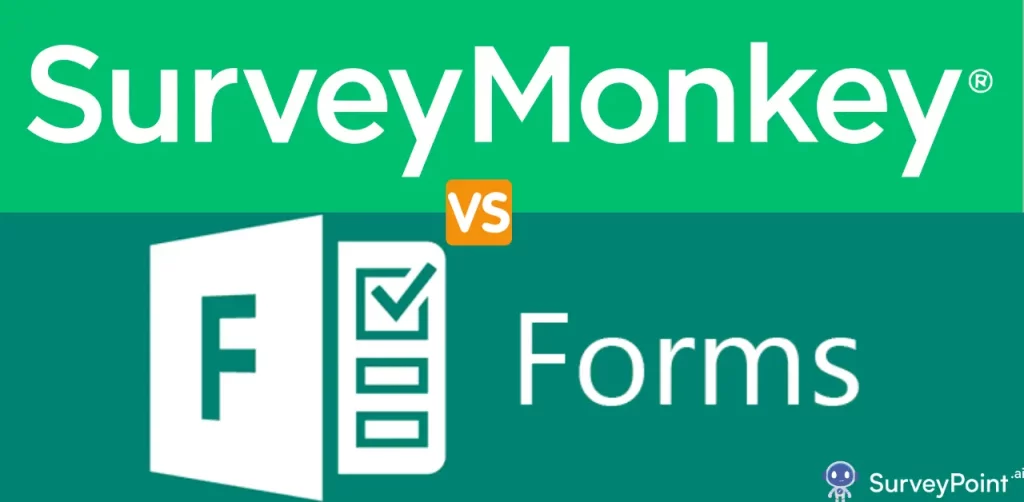
In the era of digital connectivity, the need for effective and user-friendly survey tools has become more pronounced than ever. Two prominent players in this arena, SurveyMonkey vs Microsoft Forms, offer users a range of features to create, distribute, and analyze surveys. In this blog post, we’ll explore the key attributes of both platforms, comparing SurveyMonkey vs Microsoft Forms to help you make an informed decision for your survey needs.
The Rise of Online Surveys
Before delving into the specifics of SurveyMonkey and Microsoft Forms, it’s essential to understand the significance of online surveys in today’s landscape. This section will discuss the evolution of surveys, highlighting the transition from traditional paper-based methods to the convenience and efficiency of online survey tools.
SurveyMonkey: Unleashing the Power of Versatility
SurveyMonkey has long been a household name in the realm of online surveys. This section will provide an overview of SurveyMonkey, emphasizing its user-friendly interface, customizable survey designs, and extensive question types. Readers will gain insights into the flexibility that SurveyMonkey offers for tailoring surveys to meet diverse needs.
Microsoft Forms: Integration with the Microsoft Ecosystem
As a part of the Microsoft 365 suite, Microsoft Forms offers seamless integration with other Microsoft applications. This section will explore the features of Microsoft Forms, emphasizing its compatibility with popular tools such as Microsoft Excel and SharePoint. The aim is to showcase how Microsoft Forms can be a natural choice for those already embedded in the Microsoft ecosystem.
Feature Face-Off: SurveyMonkey vs. Microsoft Forms
Here, we’ll conduct a detailed comparison of SurveyMonkey and Microsoft Forms, evaluating key features such as survey design, question types, collaboration capabilities, and reporting functionalities. By presenting a side-by-side analysis, readers will have a clear understanding of the strengths and limitations of each platform.
User Experience and Accessibility
User experience plays a pivotal role in the effectiveness of any survey tool. In this section, we’ll delve into the user interfaces of SurveyMonkey and Microsoft Forms, assessing their intuitiveness and accessibility. Understanding the user experience is crucial for users of varying technical expertise.
Pricing Models and Plans
An integral aspect of choosing a survey platform is considering the cost implications. This section will break down the pricing models and plans of both SurveyMonkey and Microsoft Forms, helping readers make informed decisions based on their budgetary constraints and survey requirements.
Real-world Applications and Case Studies
To provide a practical perspective, this section will showcase real-world applications of SurveyMonkey and Microsoft Forms. Case studies will highlight how organizations and individuals have successfully utilized these platforms for various survey needs, offering insights into their adaptability and effectiveness.
Feedback Loops: Analyzing User Reviews
User reviews often provide valuable insights into the pros and cons of a platform. This section will aggregate and analyze user feedback for SurveyMonkey and Microsoft Forms, offering readers a glimpse into the experiences of those who have used these tools in diverse settings.
Conclusion:
In the ever-expanding landscape of online survey tools, SurveyMonkey and Microsoft Forms stand out as robust and versatile options. The choice between SurveyMonkey vs. Microsoft Forms ultimately depends on the specific needs, preferences, and existing workflows of the user. As we conclude this exploration, it’s essential to recognize that both platforms contribute significantly to the facilitation of efficient and impactful surveying in our digitally connected world. Whether you opt for the flexibility of SurveyMonkey or the seamless integration of Microsoft Forms, the key is to choose a tool that aligns with your goals and enhances your surveying experience. You can check Surveypoint.ai for more.




